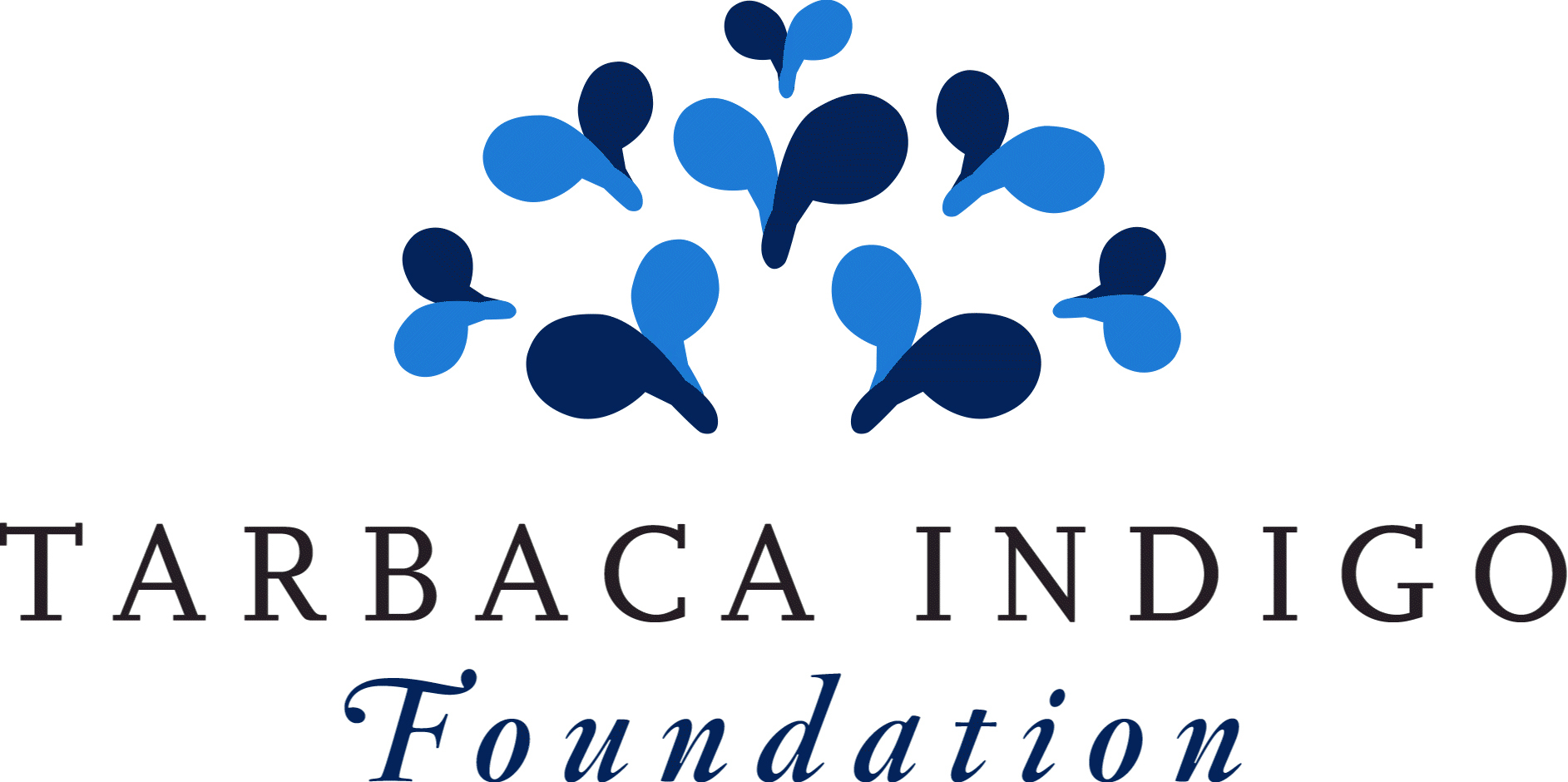At the start of 2020, 388 million children in 161 countries were receiving a school meal from a national School Feeding Programme – more than at any time in history.
Only a few months later, as the pandemic spread globally, many schools closed. Not only were children missing out on their education, some were now going without their one warm, nutritious meal of the day. WFP moved quickly to provide cash transfers or take-home supplies of food to the most vulnerable children and families.
As schools have re-opened, the School Feeding Programme has only grown in importance. It provides a powerful incentive for children to enroll, attend and stay in school. For some of the poorest families, knowing their child will have a meal at school opens the door to education. And with every child who’s in education, the future looks brighter for them, their family, their community and their national economy.
Image: Distribution of take-home rations among school children and their parents in La Guajira department, Colombia. ©WFP



